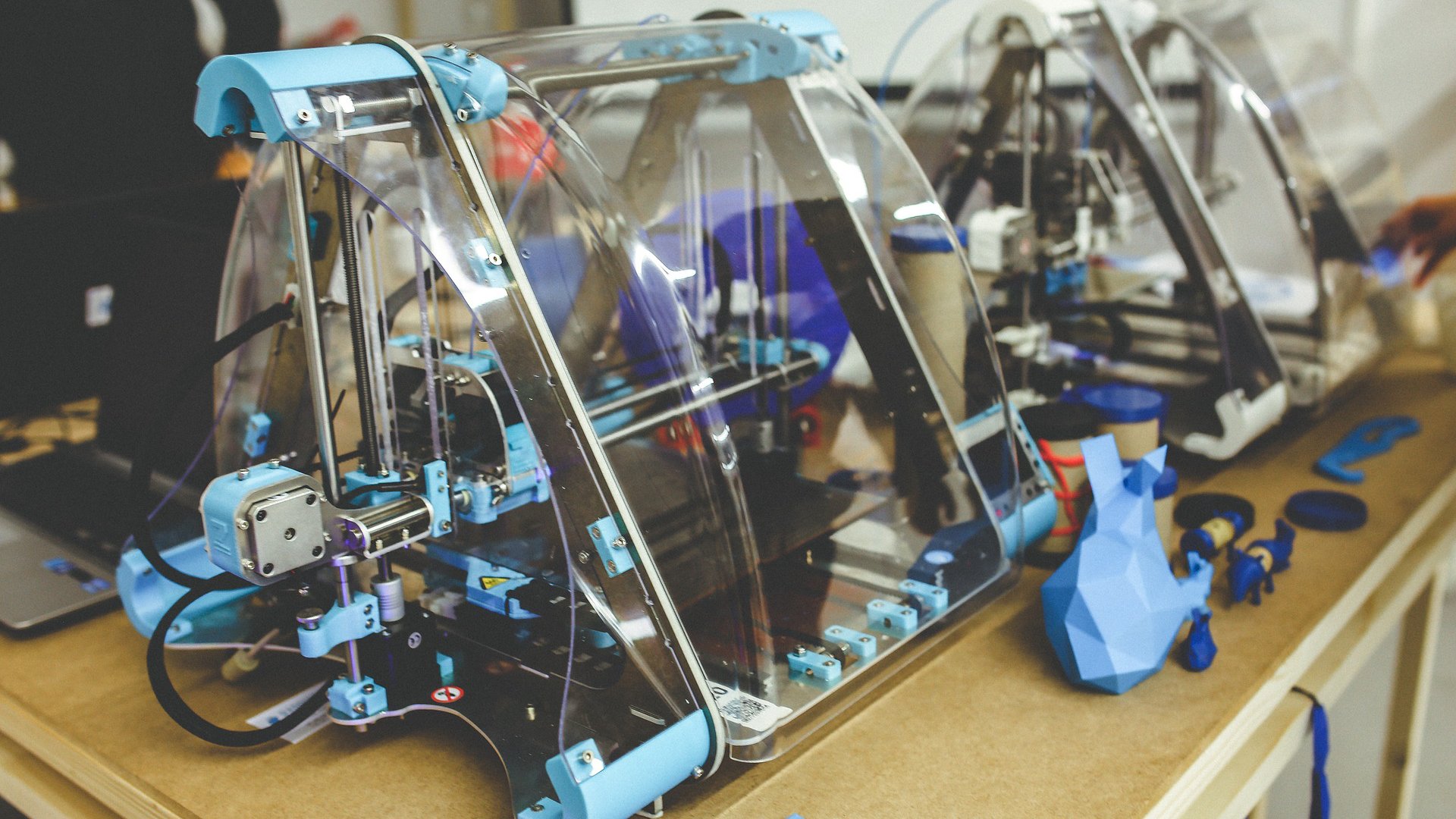Uh-oh: 3D printers are bad news for fish
Nemo isn't appreciating your beautiful creations

3D printing brings a number of environmental benefits over traditional manufacturing methods - mostly that it shortens supply chains and makes more efficient use of raw materials, minimising waste. But ecotoxicologists are discovering that the technology might come with some unexpected costs for marine life.
Researchers led by William Grover at the University of California, Riverside, tested the toxicity of objects created by two common types of 3D printer - those that use melted plastic and those that use light to turn liquid resin into solids. They found that parts from both types of printer are measurably toxic to zebrafish embryos.
Embryos exposed to parts created by the plastic-melting printer had slightly decreased survival rates compared to a control group. But those that had been exposed to the liquid-resin printer had significantly-decreased survival rates, with more than half dead by day three and all dead by day seven. Of the few that hatched before dying, 100 percent had developmental abnormalities.
It's not all bad news, though. The team found that exposing parts from the liquid-resin printer to ultraviolet light for one hour made them significantly less toxic to the fish embryos. The University has filed a patent for a method of doing exactly that, but recommended in the meantime that 3D printing waste be taken to a hazardous waste centre for disposal.
'How safe are these materials?'
The substances used to create 3D-printed objects are regulated by the Environmental Protection Agency in the United States. But as manufacturers tend to keep the exact ingredients of their materials secret for competitive reasons, it's hard for 3D printer owners to know exactly what's in their plastics - and therefore what their effects will be on wildlife.
Next, the researchers plan to study exactly that - looking at the components of 3D printing materials closely to determine their toxicity. They also want to find out at what level the materials could be harmful to humans.
"Many people, including myself, are excited about 3D printing," Grover said. "But, we really need to take a step back and ask how safe are these materials?"
Sign up for breaking news, reviews, opinion, top tech deals, and more.
The research was published in Environmental Science and Technology Letters, and the team has also turned it into a video, which you can watch right here:
Image credit: kaboompics // CC0
